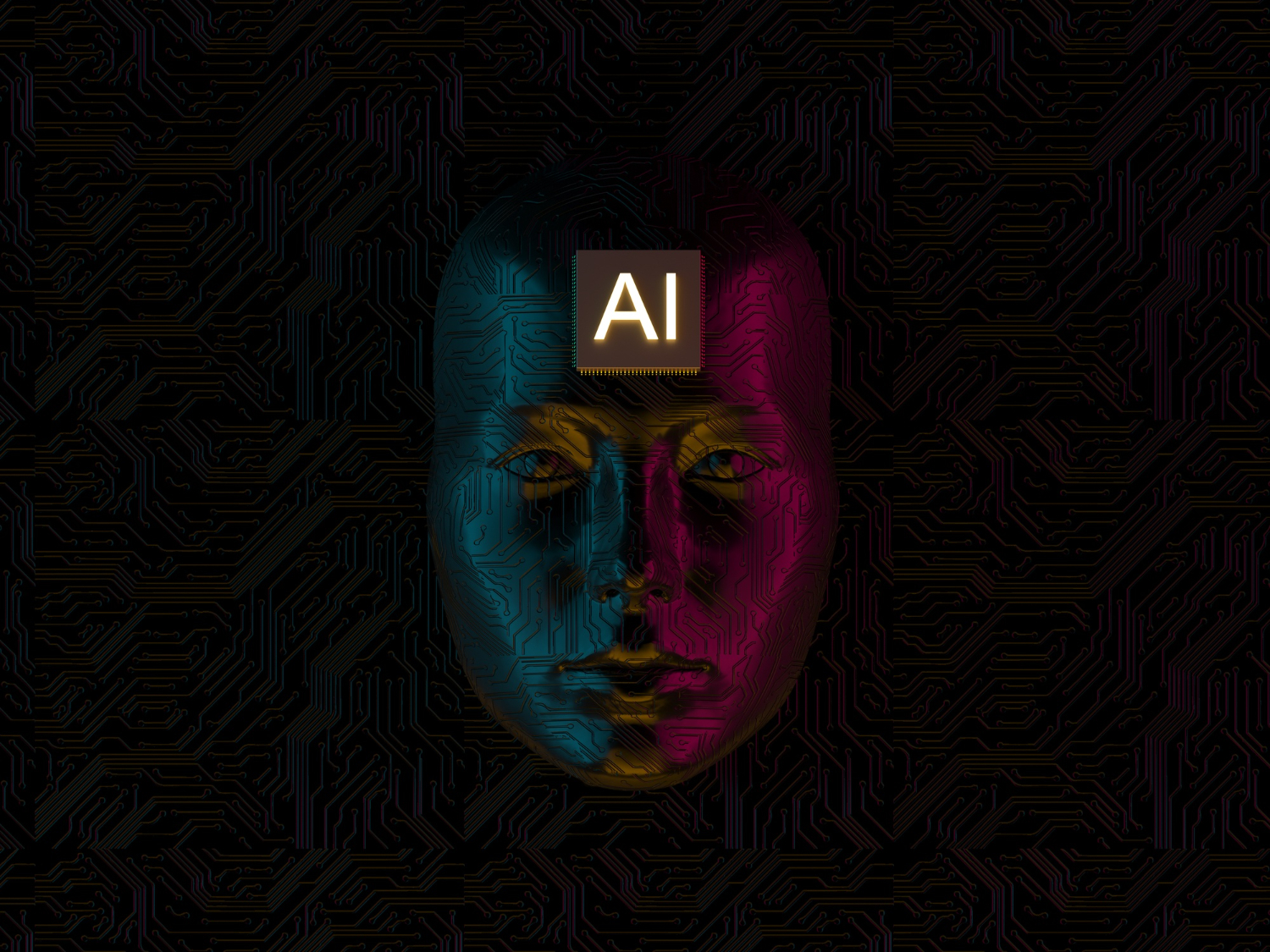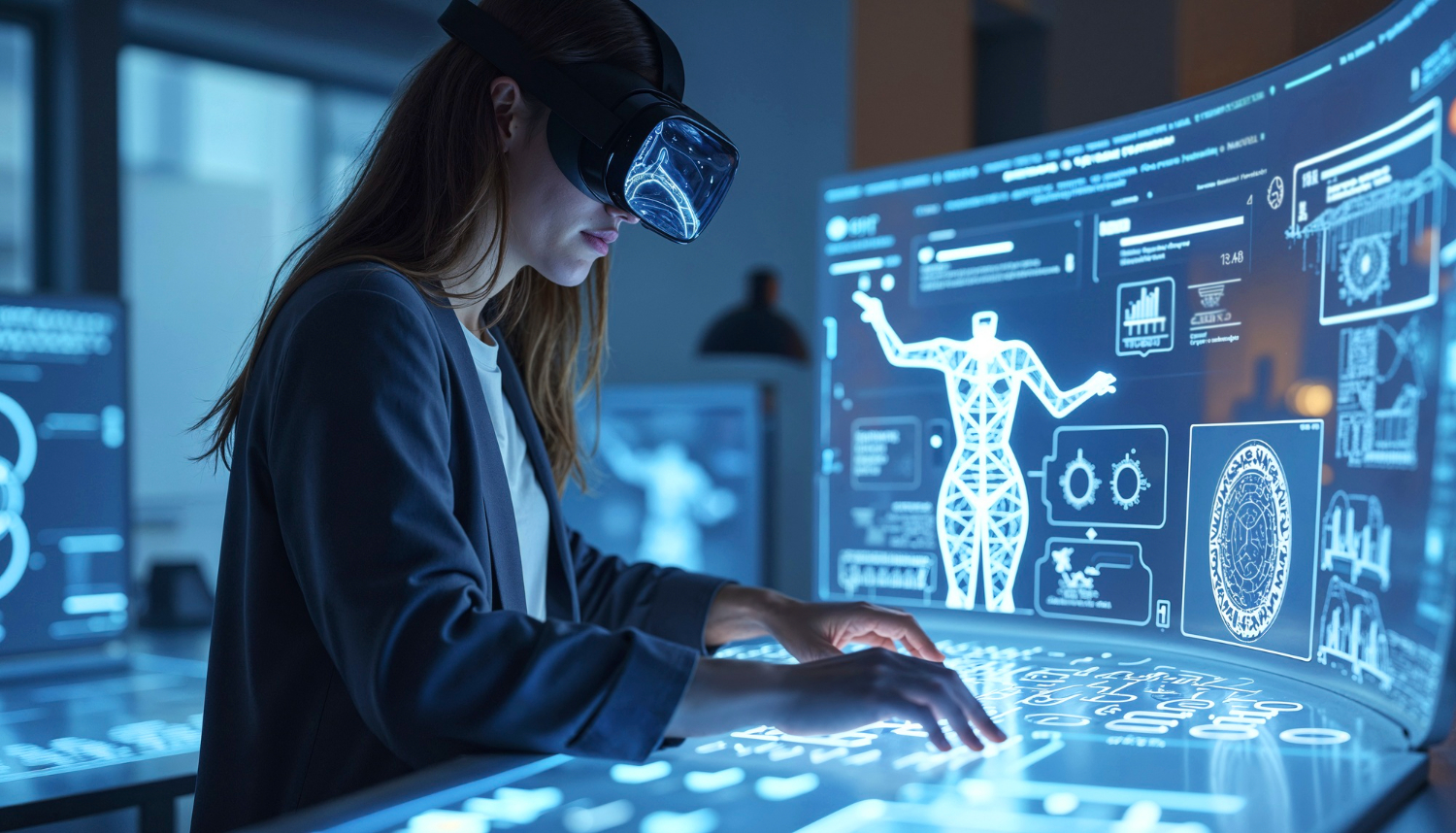Introduction
Generative AI is changing how we create content and essentially blurring the lines between human and machine creativity. From creating realistic images to automating customer service, generative AI has a wide range of impactful applications. To put it simply, Generative AI models use advanced algorithms to learn patterns and structures from massive datasets and generate new content that mimics human creativity.
However, as generative AI becomes more common, it is also raising major concerns, especially around copyrights. Many AI models are trained on publicly available datasets. These datasets often include content without explicit permission from copyright holders. As a result, AI-generated content can sometimes unintentionally replicate existing intellectual property and lead to legal issues. One possible solution is synthetic data, which is designed to replace real-world data in training. However, even synthetic data can sometimes resemble copyrighted works and create further challenges.
Addressing these copyright challenges is key for several reasons. Protecting intellectual property ensures that creators and businesses retain their rights over original content. Also, navigating copyright issues proactively helps avoid costly and time-consuming legal battles. Beyond this, maintaining trust in AI applications is crucial. If users believe that AI-generated content is subjected to copyright issues, they will be less likely to adopt and embrace the new technology.
In this article, we’ll break down the complexities of copyright laws in generative AI, discuss the risks, and explore possible solutions.
Understanding Generative AI and Copyright Risks
Before we dive into the copyright challenges of generative AI, let’s first discuss how these tools work and how they intersect with intellectual property rights.
The Fundamentals of Generative AI
Generative AI is a branch of artificial intelligence that creates new and original content based on input prompts. The generated content can be of various formats, such as text, images, code snippets, audio, videos, 3D models, etc.
Generative AI models use advanced machine learning techniques, such as deep learning and neural networks, to analyse patterns and structures in data and generate new, unique outputs. When a user provides a prompt, the model uses its learnt knowledge to generate content that aligns with the input.
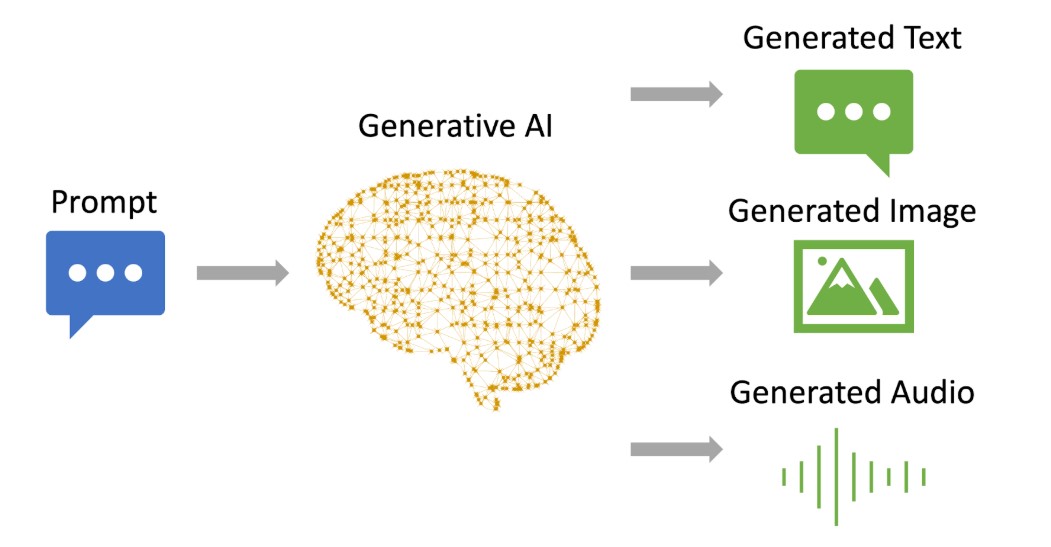
Here’s a closer look at some popular types of Generative AI models:
-
Generative Adversarial Networks (GANs): GANs consist of two neural networks - a generator and a discriminator - that work against each other in an adversarial process. The generator creates synthetic data, while the discriminator attempts to distinguish between real and generated data. The generator improves over time through this competition and eventually produces highly realistic outputs. GANs are commonly used for generating photorealistic images of people, animals, and objects, as well as deepfake videos, AI-generated art, and synthetic medical images.
-
Variational Autoencoders (VAEs): VAEs learn a compressed, latent representation of training data by encoding inputs into a lower-dimensional space and then decoding them to generate new samples. Unlike simple memorisation, VAEs capture underlying patterns, such as the crucial features that define a cat (fur, ears, whiskers). They are commonly used for image generation, data denoising, anomaly detection, and speech synthesis.
-
Large Language Models (LLMs): LLMs are trained on huge text datasets and use deep learning techniques, particularly transformer architectures, to understand, process, and generate human-like text. They are great for tasks like language translation, creative writing, answering questions, and conversational AI. Their ability to produce coherent and contextually aware responses has made them essential for chatbots, virtual assistants, and content-generation platforms. Popular examples include GPT (e.g., ChatGPT), BERT, and LLaMA.
Read more: Small vs Large Language Models
Key Copyright Risks
Let’s say you’re training a generative AI model to generate classical music. To do this, you feed it a large dataset of classical pieces from different composers. While it may not directly copy existing compositions, it learns patterns, structures, and styles from copyrighted works. As a result, the model might create a piece that sounds remarkably similar to a well-known composer’s work. Such results can raise questions about whether it crosses the line between inspiration and infringement.
This dilemma is particularly tricky because copyright law doesn’t just protect direct copies - it also covers derivative works that closely resemble existing copyrighted material. While older classical compositions in the public domain are free to use, many modern recordings, arrangements, and performances are still protected. If AI-generated music unintentionally mimics copyrighted elements, such as a distinctive melody or harmonic structure, it could lead to legal disputes.
Unlike human musicians, who reinterpret and build upon influences, AI generates content based on statistical patterns, which raises concerns about originality and authorship. Without clear legal guidelines, it becomes difficult to determine who, if anyone, owns AI-generated music and whether it constitutes fair use, original work, or copyright infringement.
Generative AI Use Cases and Copyright Solutions
Despite the legal challenges, companies are finding ways to manage copyright concerns with AI-powered solutions. Next, let’s explore some real-world examples of generative AI and how businesses are tackling these issues.
Content Creation with Generative AI
Generative AI is being widely used in marketing, advertising, and publishing to help businesses create personalised ad copies, social media content, and product mockups. For example, JPMorgan, a multinational financial services firm, has used generative AI for marketing copy, leading to a 450% increase in click-through rates (CTR) for ad campaigns. While these tools offer efficiency and creativity, they also raise copyright concerns. An AI model trained on a dataset of fashion designs, for instance, might produce a design that looks too similar to a copyrighted garment, potentially leading to legal issues and reputational risks.
To address these risks, companies are using advanced AI solutions. For instance, Natural Language Processing (NLP) can be used to scan text datasets to identify copyrighted content, flagging potentially problematic text or stylistic similarities. By comparing AI-generated text against a database of existing works, NLP tools help creators catch and revise content before publication to avoid copyright violations.
Another approach is using synthetic data - artificially created datasets that mimic real-world data without directly copying it. However, ensuring that synthetic data doesn’t unintentionally resemble copyrighted works remains a challenge in developing AI solutions that are both ethical and legally compliant.
Generative AI in Video Game Development
Game developers often spend a substantial amount of time creating diverse, non-playable characters (NPCs) with unique personalities and backstories. With generative AI tools, creating NPCs has become easier. For example, Ubisoft, a French video game publisher, started using an in-house AI tool called Ghostwriter to write scripts and dialogue for NPCs.
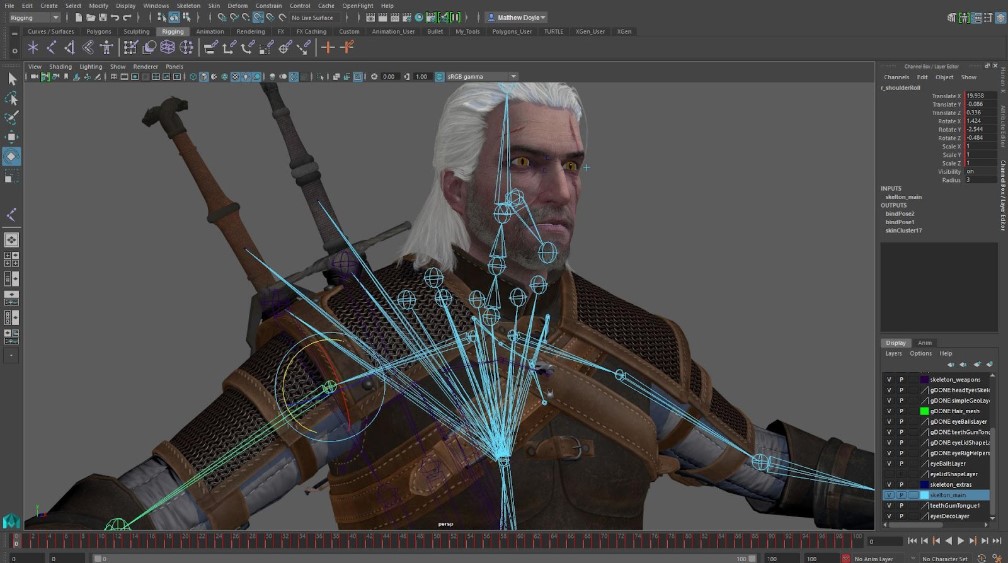
On one hand, this generative AI innovation can enhance creativity and efficiency in video game development. On the other hand, it can introduce copyright risks related to dialogue and scriptwriting.
Several phrases like “Let’s Get Ready to Rumble!” and “Just a kid from Akron” are copyrighted by Michael Buffer and LeBron James, respectively. Unfortunately, game developers could face legal repercussions if AI-generated gaming character interactions contain specific phrases associated with copyrighted works.
To tackle this, computer vision can help identify copyrighted material in AI training datasets. Using optical character recognition (OCR), these systems can scan text and flag potentially infringing content. For example, if an AI-generated NPC dialogue closely matches lines from a copyrighted game script, OCR can detect these similarities before the content is finalised. Similarly, a computer vision tool can analyse character designs and flag any that resemble copyrighted characters and prevent unintentional replication.
You might be wondering if adding an extra step of checking for copyright issues before training may consume too much time. However, GPU acceleration can make this process efficient by speeding up the analysis and detection of copyrighted elements in large datasets. With the parallel computing power of GPUs, AI models can process vast amounts of text, images, and designs in real time and quickly identify potential copyright risks.
Customer Service Supported By Generative AI
LLMs are quickly becoming a key part of automating customer support. They are often used to create chatbots that can answer frequently asked questions about a company’s products or services, freeing up human agents to handle more complex issues. LLMs can also analyse customer feedback, generate personalised responses, and provide 24/7 support, improving efficiency and customer satisfaction.
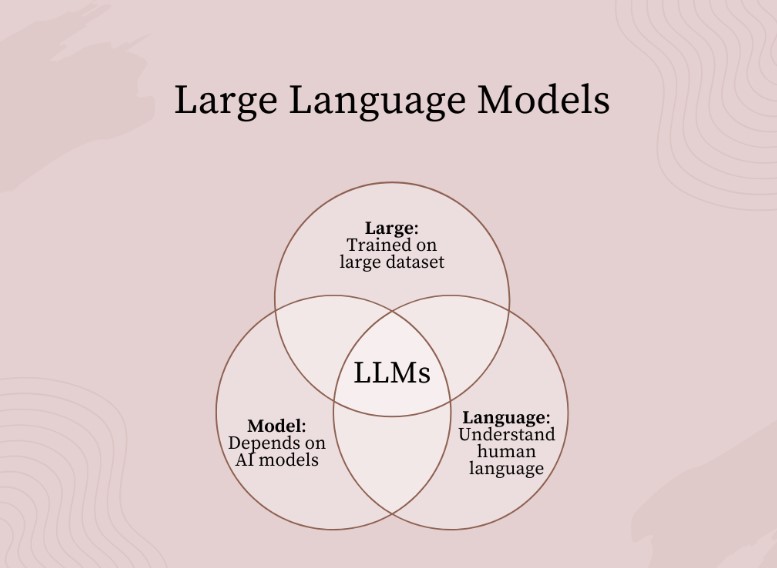
Despite these advantages, using LLMs in customer service can also present copyright and intellectual property risks. If an LLM is trained on proprietary scripts, internal documentation, or customer interaction data, this issue can arise. While customer interaction data is valuable for training LLMs, using it without explicit consent can raise privacy concerns and potentially violate data protection laws.
A potential workaround for this is to train LLMs without using sensitive customer interaction data and rely on edge computing to maintain privacy and security. Instead of incorporating proprietary scripts, internal documentation, or customer conversations into training, businesses can pre-train or fine-tune models using only approved, non-sensitive datasets.
Once deployed, edge computing can make sure that all AI-driven interactions happen locally on user devices or secure on-premises systems. This eliminated the need to send data to the cloud. Customer queries are processed in real-time but never stored or used for further training, preventing privacy breaches and reducing legal risks. By keeping data entirely on local devices, businesses can protect intellectual property, comply with privacy regulations, and build user trust. Users can be reassured that sensitive information is never transmitted or stored externally.
Generative AI and Augmented Reality
Augmented Reality (AR), Virtual Reality (VR), and Extended Reality (XR) are technologies that are changing the entertainment industry by creating immersive storytelling and interactive experiences. They are used to create interactive games, virtual tours, training simulations, and immersive entertainment experiences.

Creating content for AR, VR, and XR applications can raise copyright and infringement risks. For example, generating content for these immersive environments often involves recreating buildings and other architectural works. Copyright laws concerning buildings can be complex and vary across countries. For instance, while images of the Eiffel Tower are in the public domain and free to use, its nighttime illuminations are protected by copyright laws.
A practical way to avoid copyright issues in these applications is by using IoT devices to gather real-world, original data instead of relying on pre-existing, potentially copyrighted materials. Smart cameras, drones, and sensors can directly capture images, sounds, and spatial data from the environment to assemble fresh, unique training datasets.
Such an approach eliminates the risk of copyright infringement and makes AI-generated content more accurate and relevant by reflecting real-world conditions. While these methods are still evolving, they offer a promising way for businesses to create AI-powered AR, VR, and XR applications while reducing the risk of copyright infringement.
Read more: Generative AI: Transforming Industries with AI-Generated Content
Legal Framework for Copyright Safety
As generative AI becomes more common, establishing a robust ethical and legal framework for copyright safety is paramount. According to the International AI Safety Report, 43% of people in the UK have seen at least one deepfake, whether in the form of video, image, or voice imitation - highlighting the growing risks of AI-generated content. The ideal framework would be able to balance innovation with protecting intellectual property rights.
Let’s see a few aspects to consider in connection to legal frameworks for copyright safety.
Transparency
Transparency related to training datasets and model outputs is vital for ethical and legal compliance. Knowing where the data used to train AI models comes from lets us assess potential copyright risks and obtain necessary licences. Similarly, understanding how AI models generate their outputs can help identify potential instances of infringement. While complete and total transparency might not always be feasible due to the complexity of some AI models, striving for greater transparency is critical.
Understanding Copyright Laws
Businesses using generative AI models must navigate complex and evolving legal situations. Understanding the nuances of copyright law is very important. This can involve becoming familiar with the types of works protected by copyright, the duration of copyright protection, and the legal implications of using copyrighted materials.
Businesses can consult with legal experts to ensure their use of generative AI complies with copyright law. We can also use tools like the EU AI Act Compliance Checker to check if an AI system is prohibited or excluded by the EU AI Act.
The Concept of Fair Use
The principle of fair use allows limited use of copyrighted material without permission from the copyright holder for purposes such as criticism, commentary, teaching, or research. However, the application of fair use to generative AI is complex. Whether training an AI model on copyrighted data or generating outputs that resemble copyrighted works constitutes fair use is a subject of ongoing debate. It is a good idea for businesses to proceed cautiously and seek legal advice when relying on fair use to justify using copyrighted material.
Along the same lines, it is important to obtain the right licenses for copyrighted material used in training datasets or AI-generated outputs. Businesses can establish licensing agreements with copyright holders to avoid potential infringement issues.
Best Practices to Avoid Copyright Risks
To use generative AI tools ethically and minimise copyright risks, you can use the following strategies:
-
Use Open-Source or Publicly Available Datasets: Training AI models with open-source or legally available datasets reduces the risk of copyright infringement and ensures compliance with intellectual property laws.
-
Prioritise Reproducibility: Double-checking that AI-generated results can be replicated using the same data and methods promotes transparency and helps identify potential copyright issues.
-
Maintain Audit Trails: Keeping detailed records of AI-generated content, including training data sources, model details, and input prompts, helps trace the origin of outputs. This can be valuable for legal compliance and copyright-related investigations.
What Can We Offer as TechnoLynx?
At TechnoLynx, we pride ourselves on providing AI solutions that help businesses innovate, improve efficiency, and stay compliant with industry regulations. While AI offers exciting new opportunities, it’s also important to reinforce ethical use, data security, and intellectual property protection. Our solutions help organisations use AI responsibly while minimising risks.
Our expertise includes custom AI model development, computer vision, natural language processing (NLP), generative AI, edge computing and IoT, GPU acceleration, and AR, VR, and XR. We work closely with businesses to create AI strategies that support growth, enhance operations, and maintain ethical and legal standards. Reach out to us to scale your business with ethical AI solutions.
The Path Forward with Ethical AI
Generative AI is reinventing industries with new opportunities for innovation and creativity. However, it also brings serious copyright challenges, from using copyrighted training data to generating content that might unintentionally infringe on existing works. Ignoring these issues doesn’t just create legal risks - it can also undermine trust in AI and its long-term viability.
To move forward responsibly, businesses can use the right tools and strategies to handle these risks. With the right approach, companies can embrace AI-driven innovation while staying legally compliant. At TechnoLynx, we specialise in helping businesses tackle copyright concerns with tailored solutions that ensure ethical AI use.
Get in touch with us to explore how our expertise can help you harness AI’s full potential while safeguarding your intellectual property.
Continue reading: Exploring the Potential of Generative AI Across Industries
Sources for the Images:
-
Envato Elements, Virtual Reality with Purple and Blue Light
-
Freepik, n.d. Ai cloud with robot face Frepik
-
Game-Ace, 2023. Game Development Software: Top Picks for 2023
-
Victoria University, Harvard Referencing Guide.
References
-
Barth, R. (2023) The Convergence of AI and Creativity: Introducing Ghostwriter. Ubisoft News
-
Eiffel Tower Official Website. The Eiffel Tower image
-
European Union (2024) Artificial Intelligence Act (Regulation (EU) 2024/1689), Official Journal version of 13 June 2024.
-
Persado, 2024. JPMorgan Chase announces five-year deal with Persado for AI-powered marketing capabilities
-
UK Government AI Safety Institute (2025) International AI Safety Report 2025

